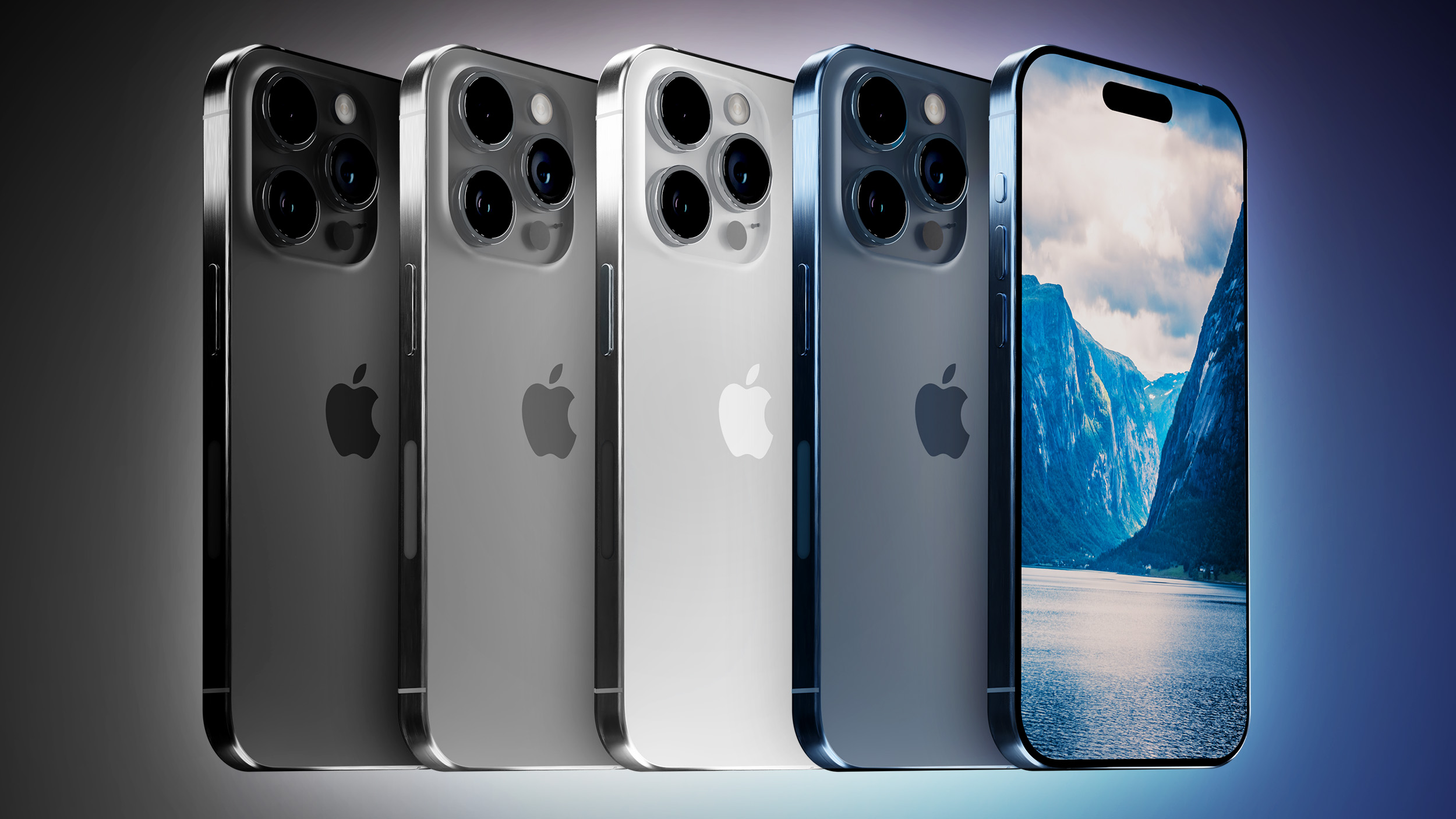I had a friend who once told me that he chose the highest capacity iPhone because it was “faster”. I chuckled internally.
Well, in theory, he might be correct. More extensive NAND storage tends to be faster. I doubt this is the case with iPhones, as they have so little internal space. I doubt Apple is using additional NAND chips to increase storage. They are most likely just spending more on higher-capacity NAND chips. If there were 2x 512GB NAND chips to achieve 1TB, the 1TB would be faster than the other models as the storage controller would read/write to both chips simultaneously. This is why you will almost always see various NVMe drives of the same model and generation being faster the more storage you get. For this very reason, the Samsung 990 Pro 2TB is faster than the Samsung 990 Pro 512GB.
Not that any of this matters. No one uses their iPhone in ways where read/write performance will provide them anything meaningful in practice. The iPad Pro made this worse, as the M1 iPad Pro with 1TB storage features 16GB RAM, compared to 8GB RAM on the rest. This is most likely due to Apple streamlining their production line. They were already producing system boards featuring 1TB storage and Apple M1 with 16GB onboard RAM. Adding yet another SKU to the production line to feature a system board containing 1TB storage and Apple M1 with 8GB on-board RAM would be less efficient and cost more compared to simply giving the 1TB model 16GB RAM as that allows for using the same system board between iPad Pro and Mac production.



